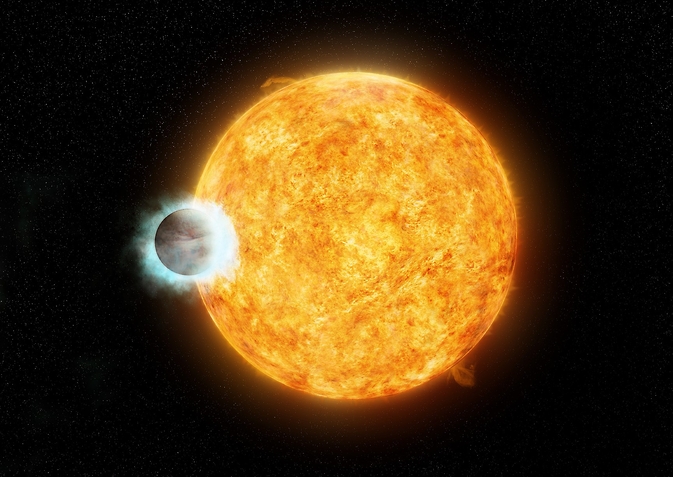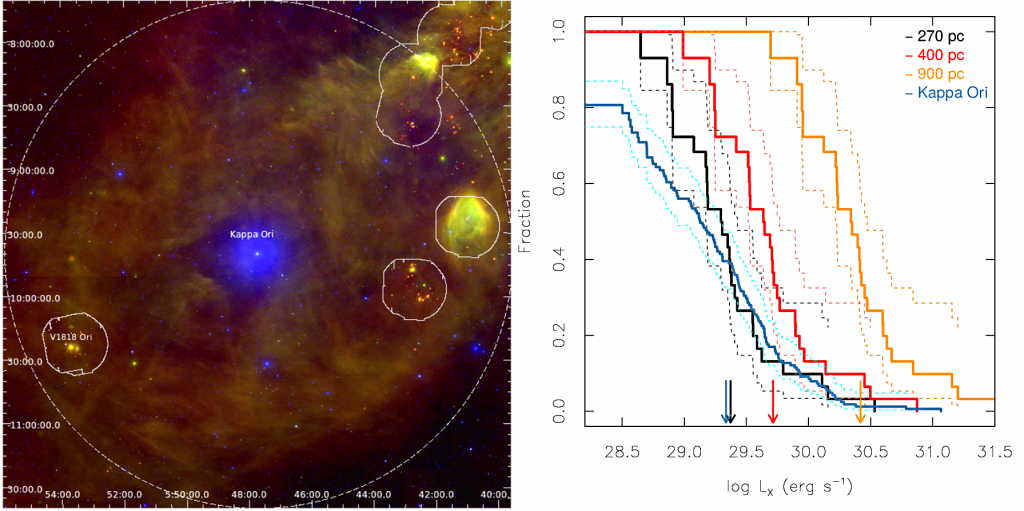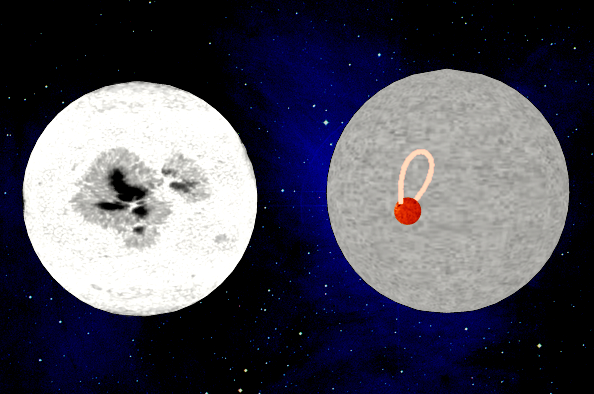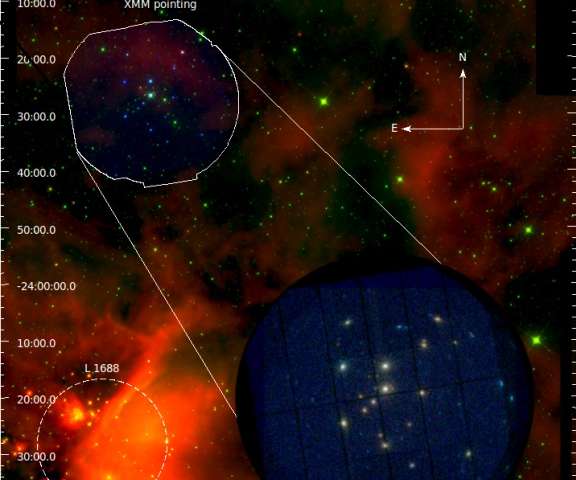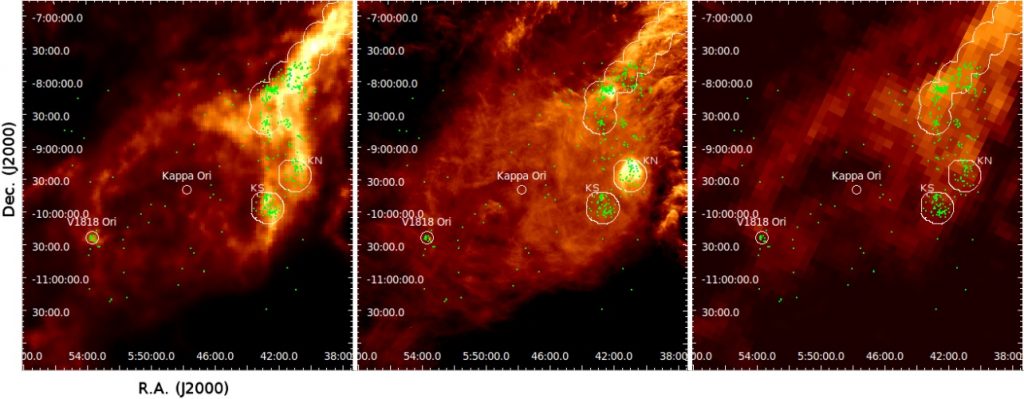Ignazio Pillitteri

Title: Researcher at INAF-Osservatorio Astronomico di Palermo
Research interests: stellar activity, exoplanets, young stars
Publications: link to ADS (new tab/window)
Address: Piazza del Parlamento 1, 90134 Palermo – Italy
Phone: +39 091 233 420
CV
2005-2008 Post-doc fellowship at University of Palermo Italy
Education
Service to the profession
Recent results and press releases
We used XMM-Newton to observe the young star DS Tuc A hosting a close-in and inflated planet orbiting every 8 days around the star and we detected two bright flares in X-rays. We determined the sizes of the flaring loops and the energy released by the flares.
Using the energy measurements of the flares, we determined that the total energy released by each flare was on the order of 1034 ergs. Observations of similar stars have shown that flares that give off 1032 ergs of energy occur roughly twice a day, and higher-energy flares are likely to be much rarer. We speculated that these flares are the result of coronal mass ejections (CMEs), powerful magnetic events that send charged plasma shooting away from the star.
NASA’s Chandra X-ray Observatory Finds Planet That Makes Star Act Deceptively Old
The massive planet WASP-18b orbits in only 20 hours around its star. The star does not emit X-rays as expected. Is the planet destroying the X-ray activity of its host?
Detection of magnetic field in Rho Oph A
With a follow up with the ESO-VLT FORS2 instrument , we have detected a magnetic field in the X-ray bright B2 star Rho Oph A. The star showed periodic enhancement of its X-ray flux every 1.2 days. We interpreted this behavior as due to an active region of magnetic origin, bright in X-rays, periodically appearing on view on the stellar surface. Spectropolarimetry observations with FORS2 have indeed confirmed that the star has a magnetic field of about 500 G as hypothesized from X-ray observations.
https://arxiv.org/abs/1712.00728
V1818 Ori is part of the cluster around Kappa Ori
I observed the group of young stellar objects around the Be star V1818 Ori with XMM-Newton. This group of objects was thought to be part of the Mon R2 Association at 900 pc, however it seems to sit in the ring of dust around Kappa Ori at 250 pc. By calculating the X-ray luminosities of the stars in V1818 Ori and comparing their distribution with that of other groups of young stars near Kappa Ori I determined that also V1818 Ori is part of the young spherical cluster around Kappa Ori. This study proves the effectiveness of X-ray observations in determining the structure of galactic young clusters.
The early B-type star Rho Oph A is an X-ray lighthouse
With a 140 ks XMM-Newton observation my collaborators and I discovered periodic X-ray variability of the early B-type star Rho Oph A. This is explained as an intrinsic strong magnetism and a large surface spot, or due to an unseen low mass companion in a very tight orbit.
https://doi.org/10.1051/0004-6361/201630070New stars discovered in the Rho Ophiuchi Dark Cloud
X-rays combined with infrared emission from stars around the star Rho Ophiuchi reveal they are older than expected
https://phys.org/news/2016-05-stars-rho-ophiuchi-dark-cloud.html
Star-forming ring spotted around distant supergiant star Kappa Ori
Infrared and radio emission of warm dust around the giant star Kappa Ori. The dust contains dozens of young stars very bright in X-rays.
https://phys.org/news/2016-03-star-forming-distant-supergiant-star-kappa.html


